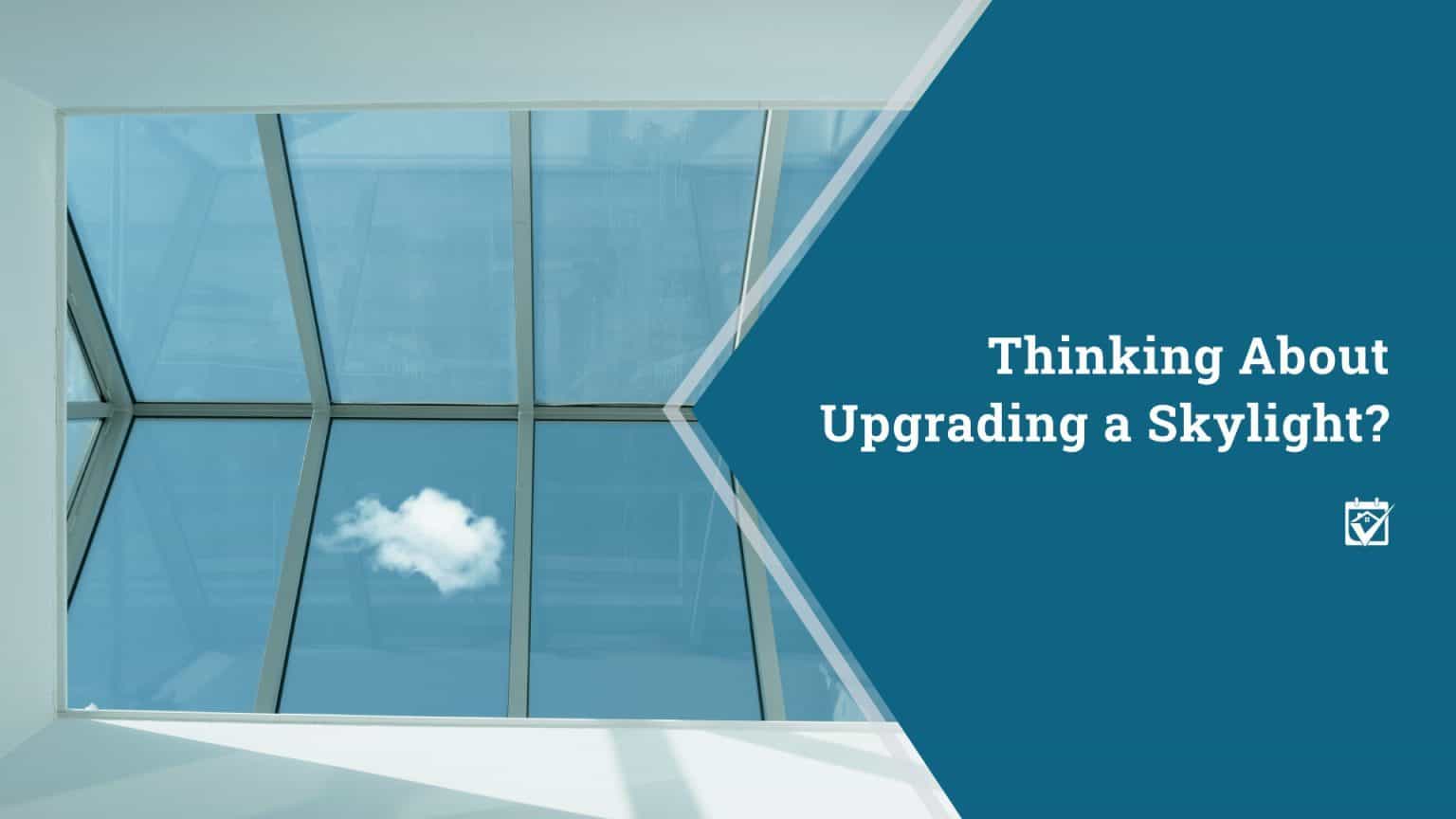Skylights can be a great way to add natural light to your home. This can be especially useful for rooms that lack windows or that are otherwise blocked from getting much natural light. Unfortunately, skylights sometimes fall victim to the ravages of time and climate. This may leave you wondering whether you should upgrade or replace those skylights that have been in place for years. In some cases, this can be a pretty big undertaking, so here are a few things to consider before jumping into a skylight upgrade.
Reasons to Upgrade a Skylight
There are a number of issues that can arise with skylights that might prompt an upgrade or replacement. The most obvious is some damage occurring to the skylight from severe weather or other natural events. Even without external damage, though, skylights can also start to leak around the edge seams over time. This is especially prevalent in older skylights that were made with materials that are not as resistant to UV rays and weather as modern materials.
Leaks and damage aren’t the only reasons one might want to upgrade or replace a skylight, however. Some skylight materials can yellow or otherwise become discolored over time, resulting in cloudiness or a gradual decrease in the amount of light that shines through. Fixed-frame skylights were common at one point, but newer skylights may offer the ability to open them or can feature self-venting options to help manage heat buildup within the house. Older skylight designs may also not be as aesthetically pleasing as newer skylights, leading to homeowners wanting to replace them with something more modern that better fits the look of their home.
Skylight Upgrade Considerations
Regardless of the reason you might want to upgrade your skylight to something newer, there are a few things that you need to keep in mind when considering the type of replacement you want to get. The size of skylights can be deceiving given their angle and location, so proper measurements are vital to ensuring that you get the right size for your skylight replacement. Different skylight types may only be suitable for certain roof pitches as well, so this should be taken into consideration when picking one out to make sure that it won’t cause problems once installed. The materials used in modern skylights can also affect the strength, UV resistance, and overall look of the skylight, so this should be kept in mind when exploring skylight options.
Another important consideration is the timing of your skylight upgrade. Many homeowners who upgrade or replace older skylights often do so when planning other roof work such as a new shingle installation to allow all the work to be done at once. This also ensures that any warranties or guarantees for the skylight and the roof will be activated at the same time so that leaks or other problems can be taken care of regardless of which part of the roof or skylight they’re associated with.
Calling in the Pros
While it’s possible to replace or install a skylight yourself, it can be a real challenge if you don’t have previous experience with roofing or skylight installation. The work can be dangerous if you don’t know what to expect, and if installed incorrectly your new skylight can leak or suffer damage that can lead to even more costly repairs down the road. As a result, it’s often recommended that you hire a roofing contractor or skylight installation specialist to perform any upgrades or other installation work for your skylight.

